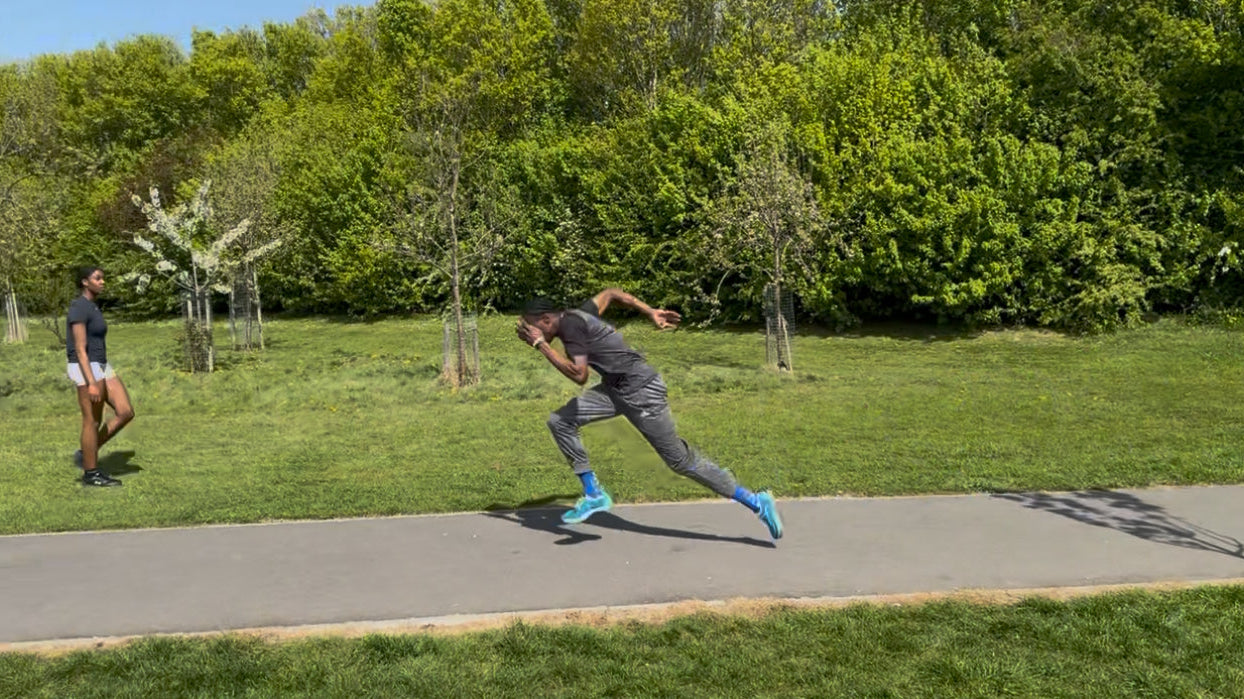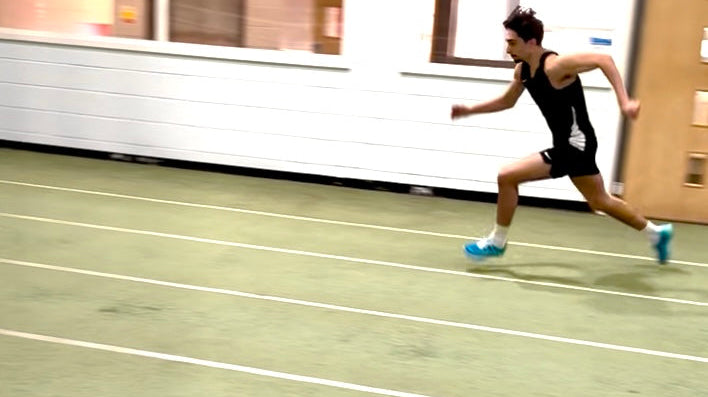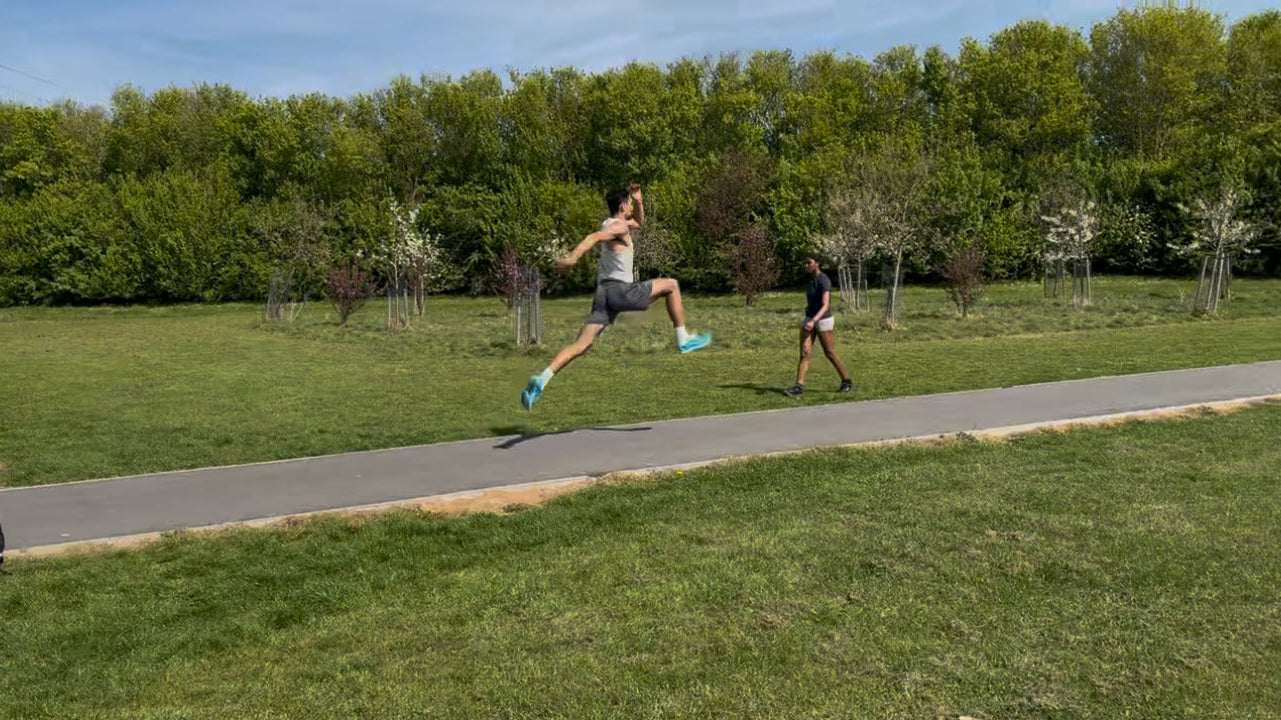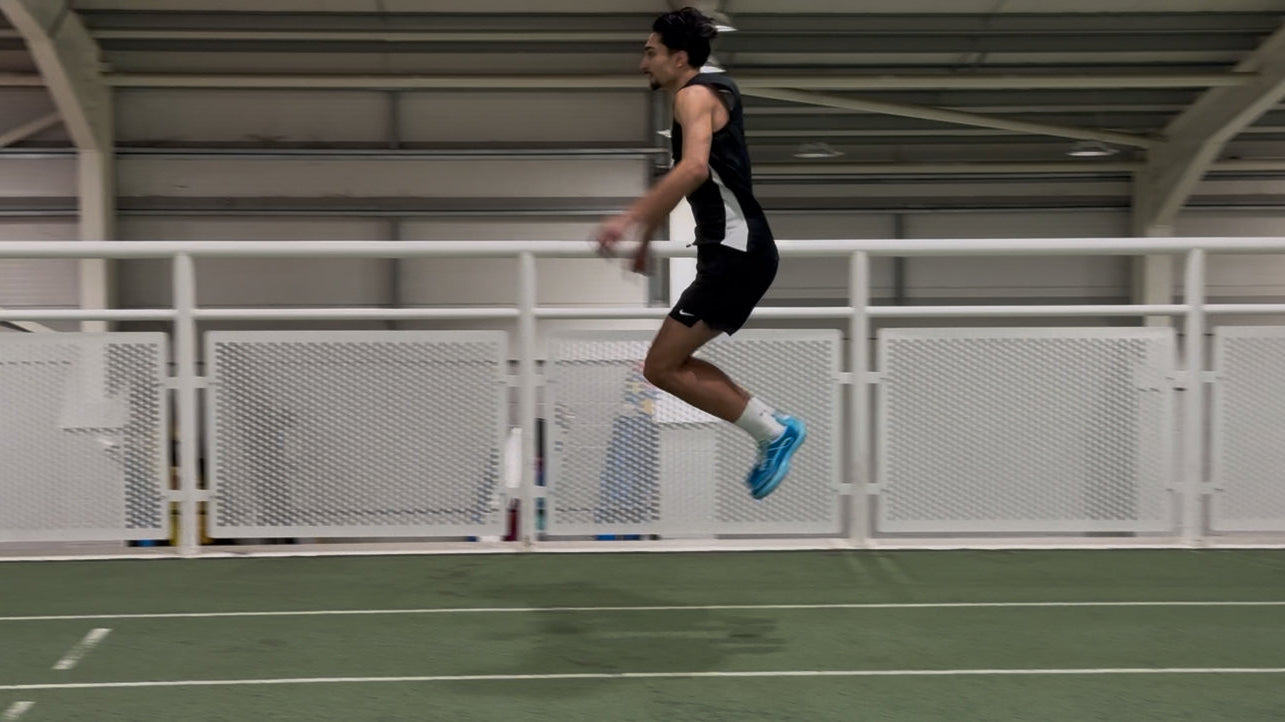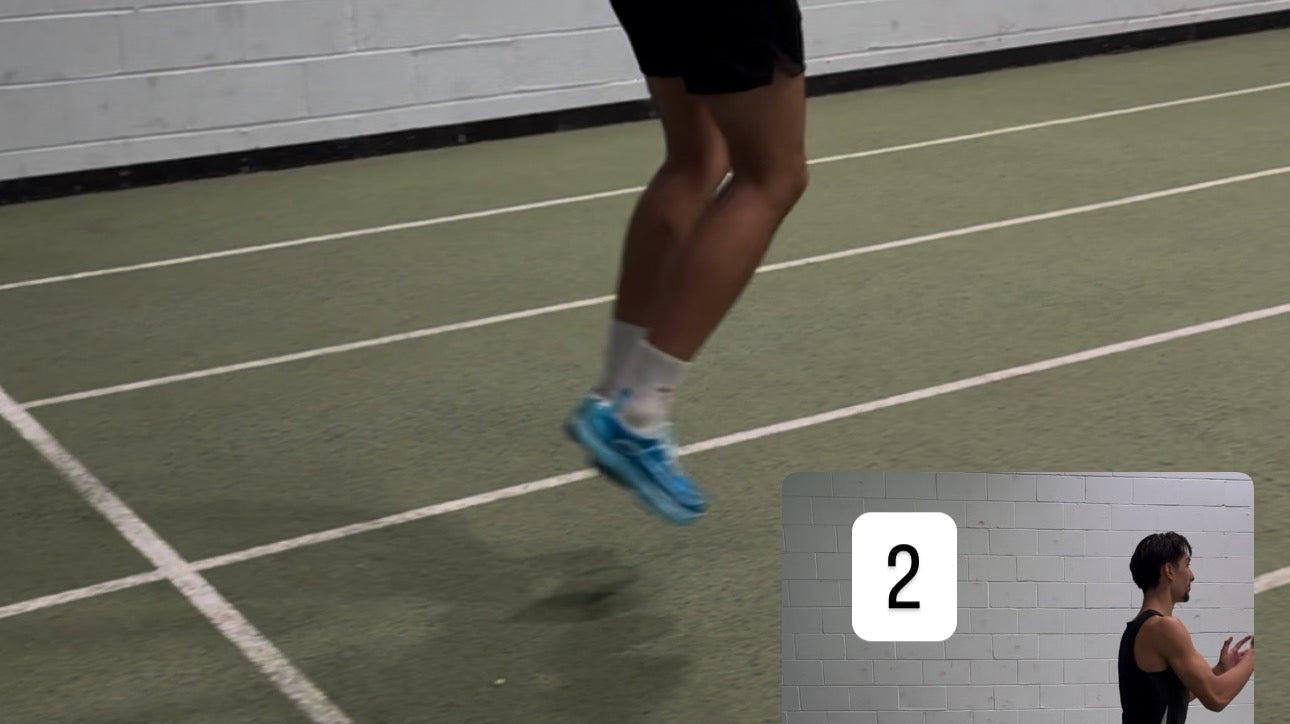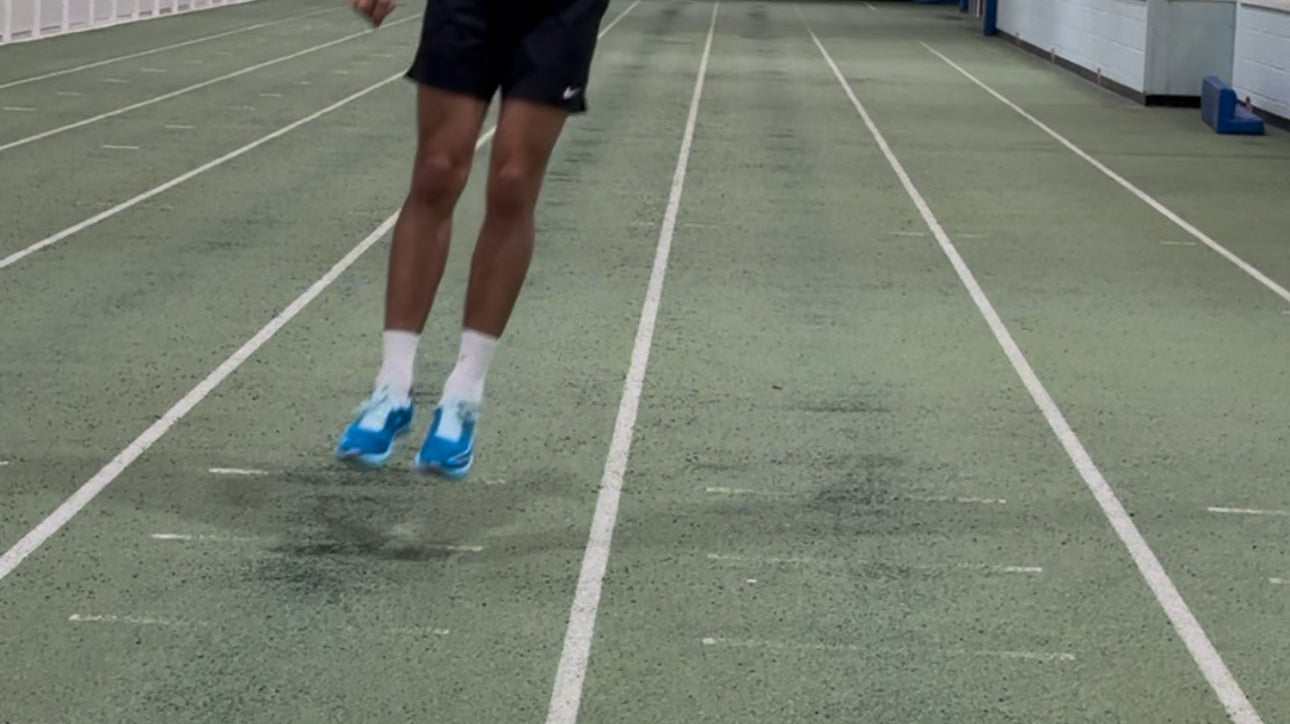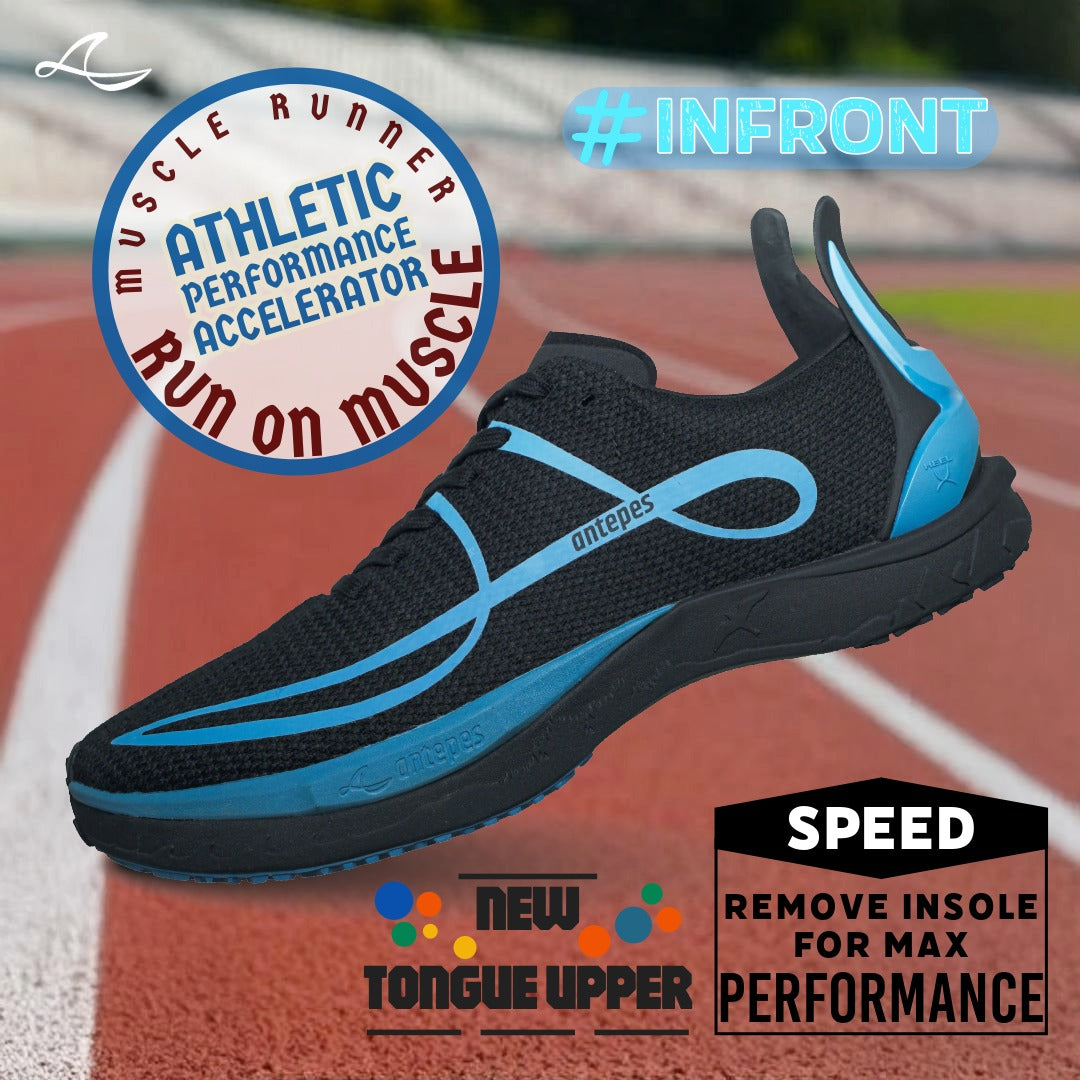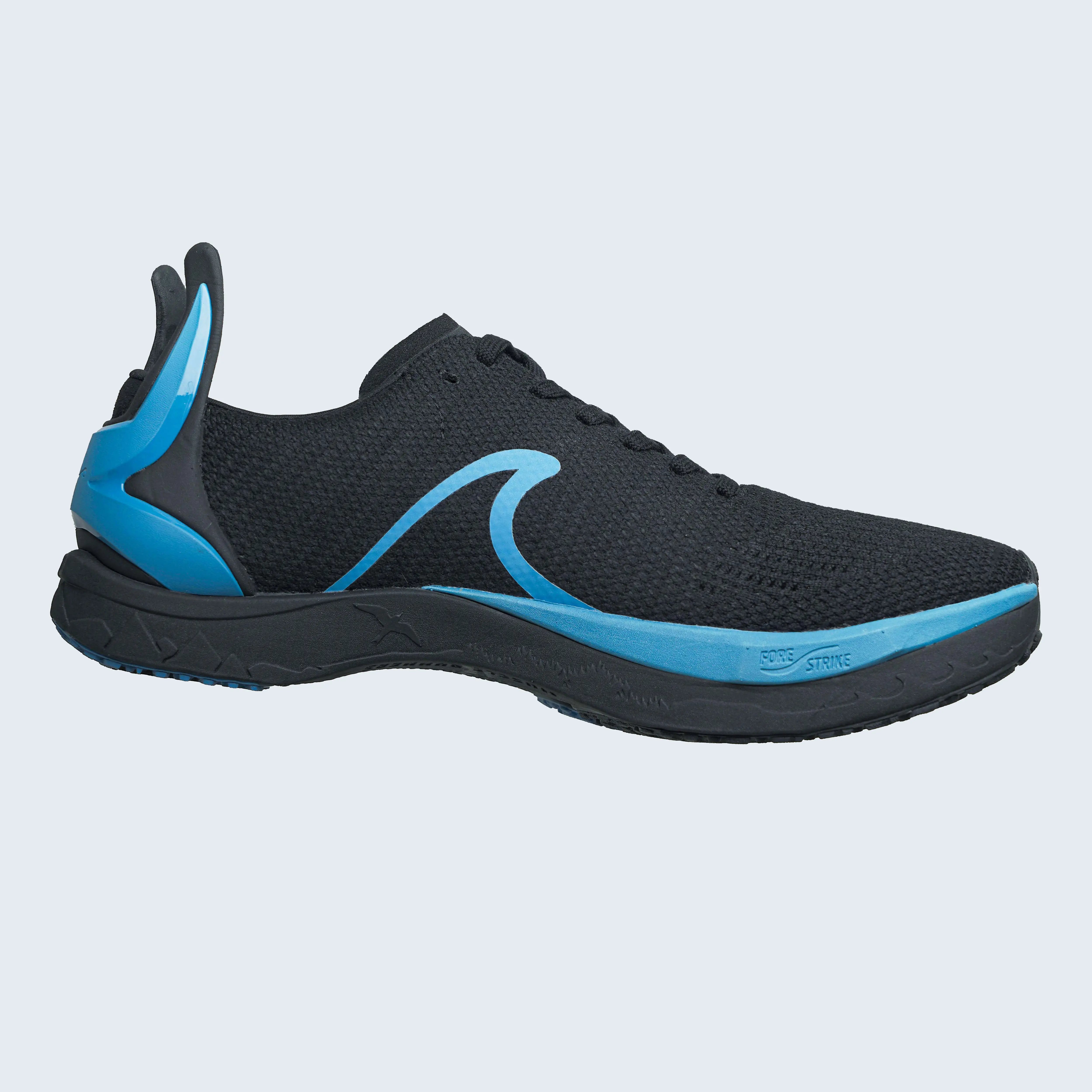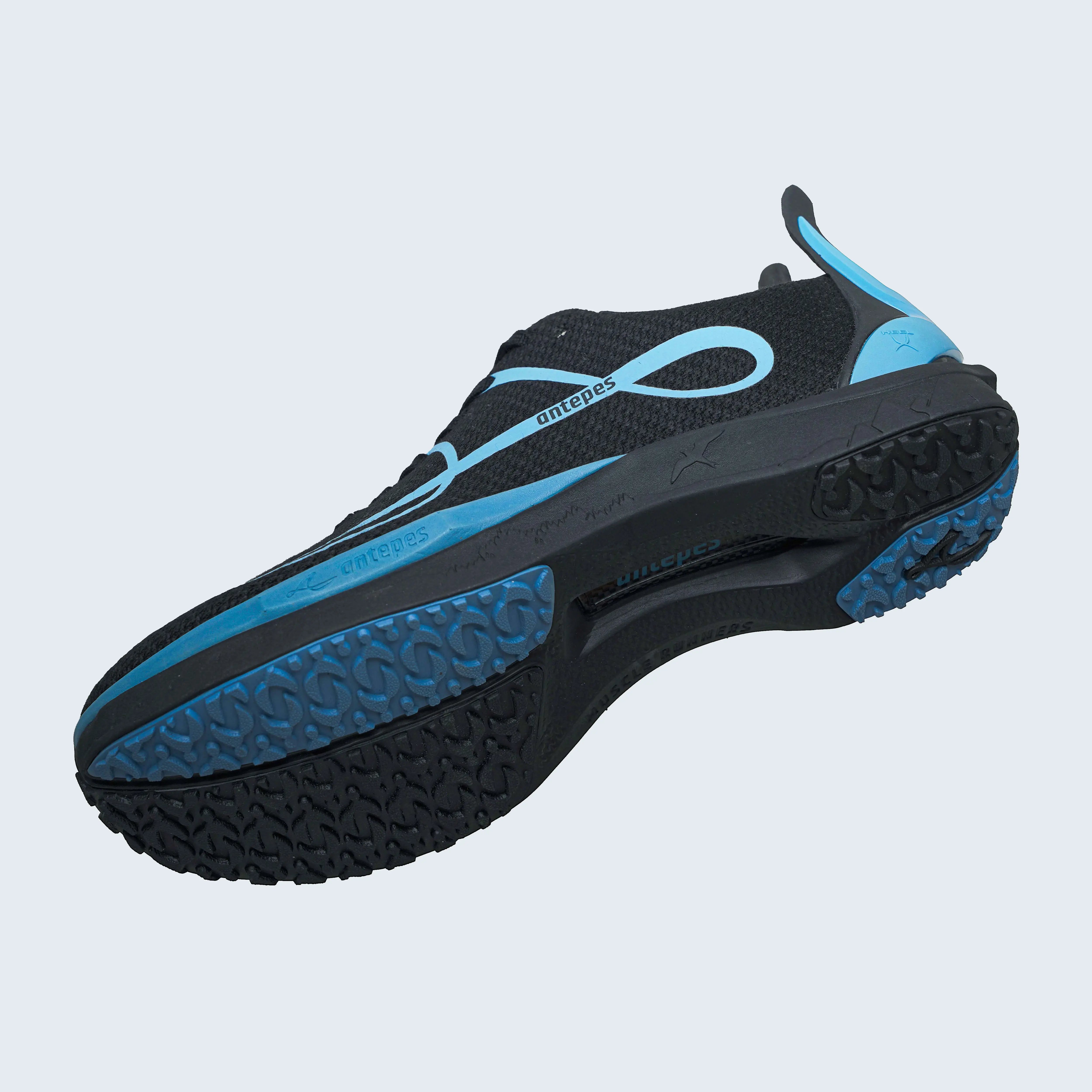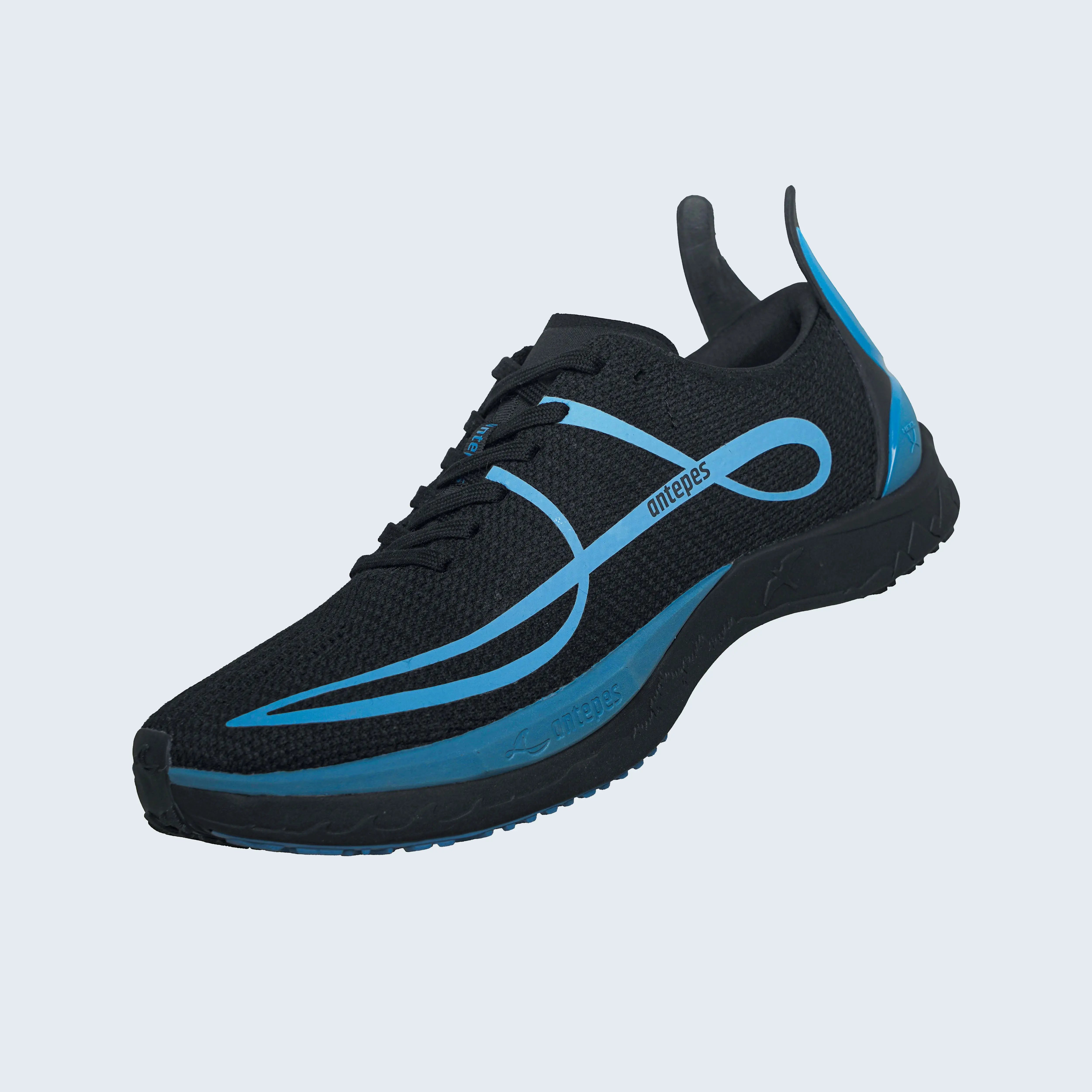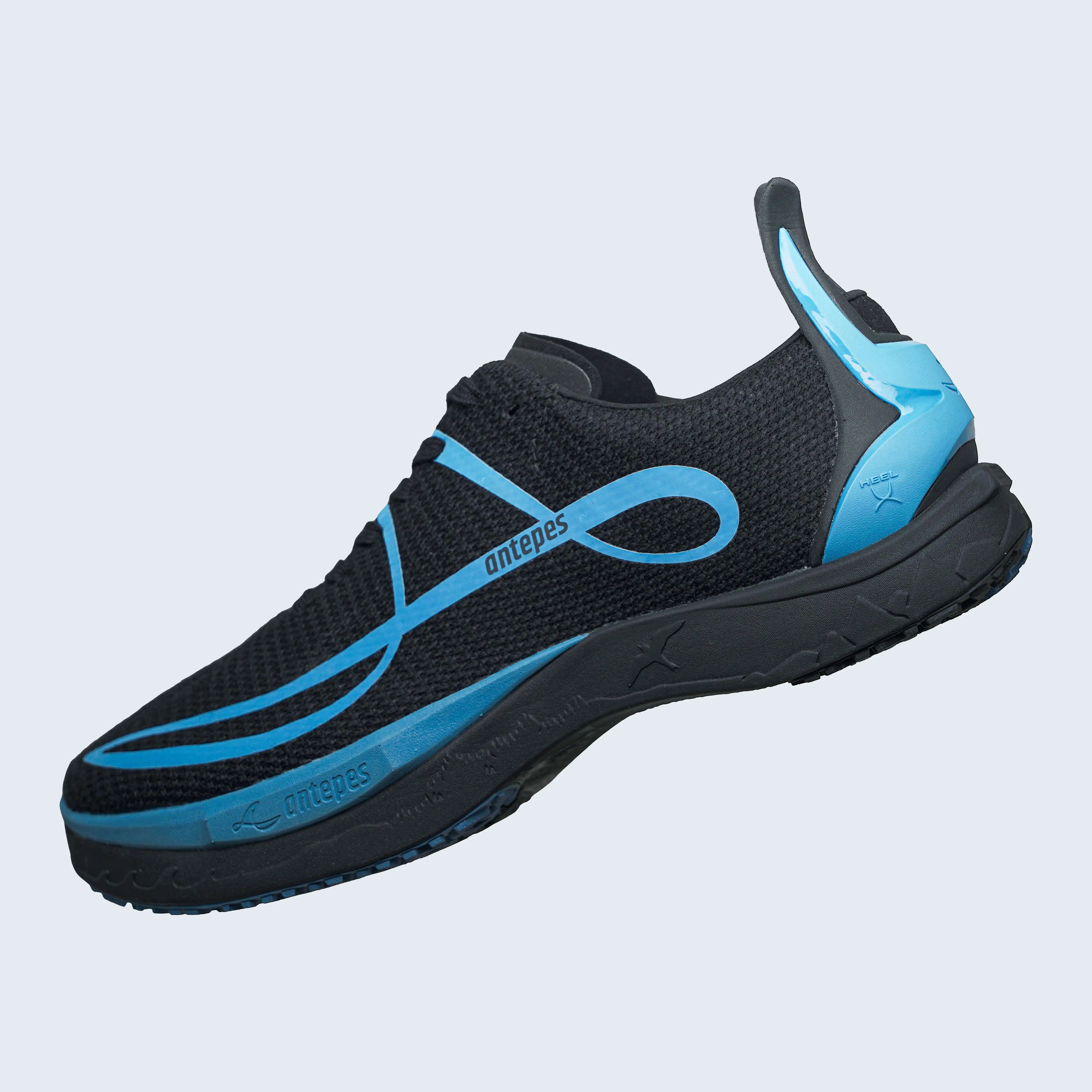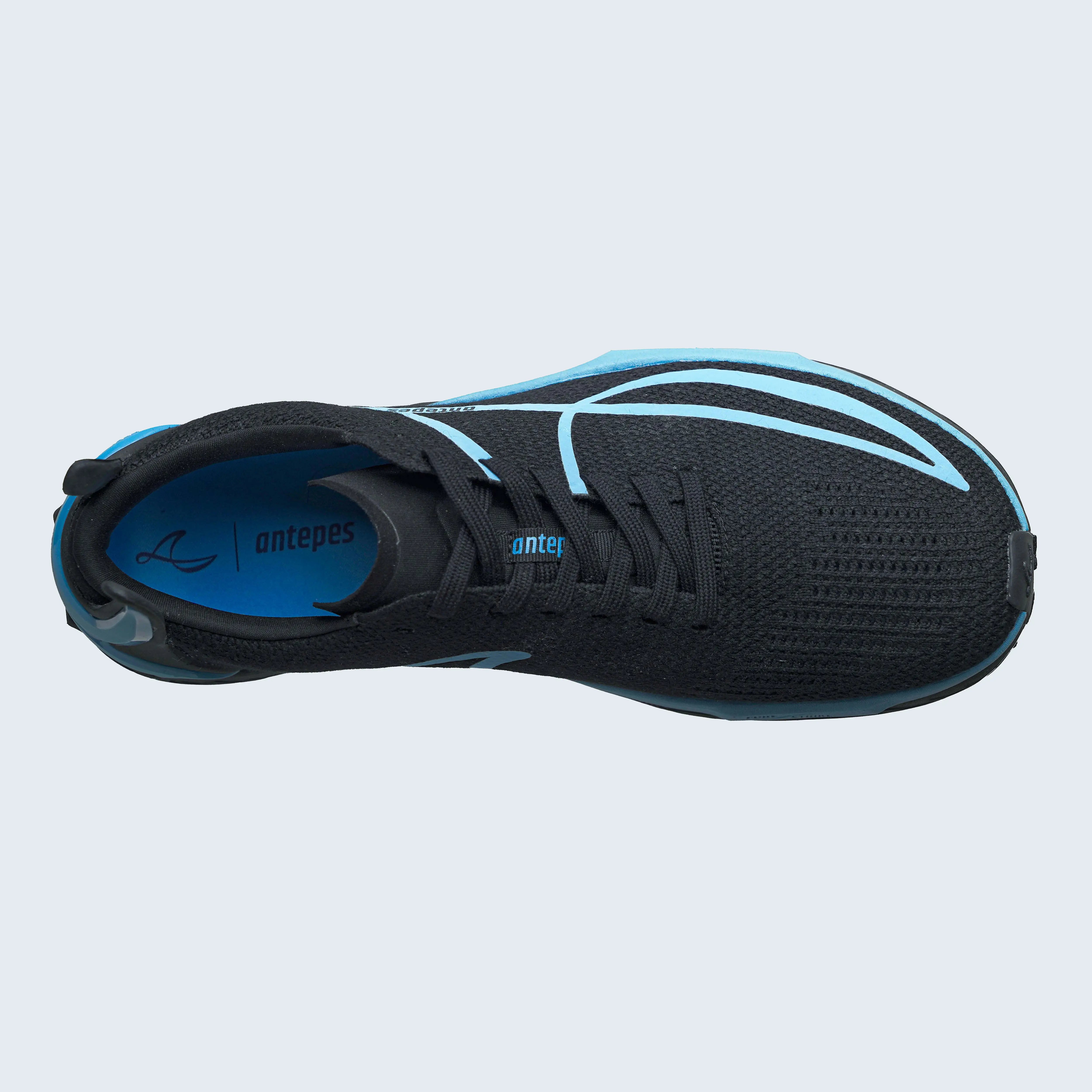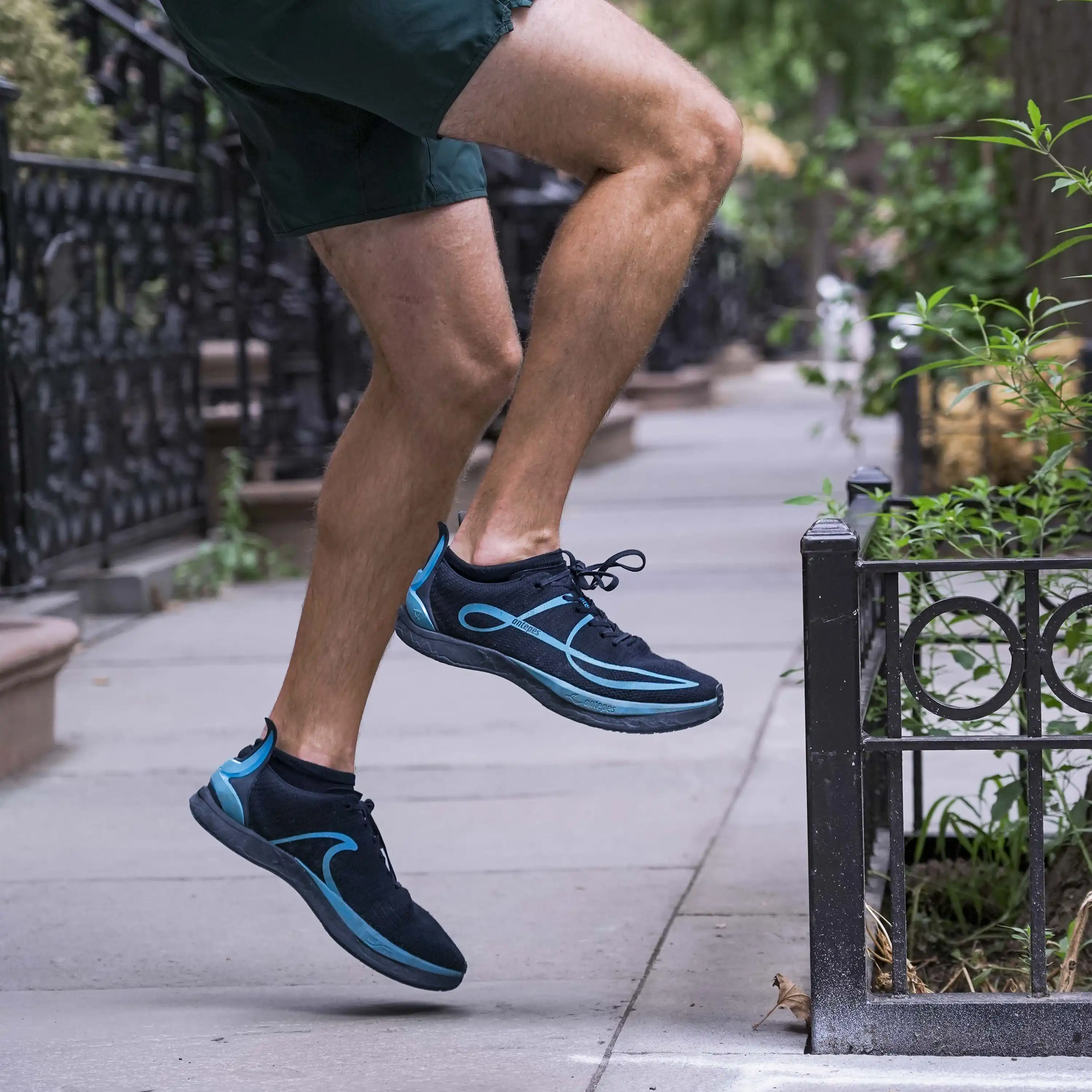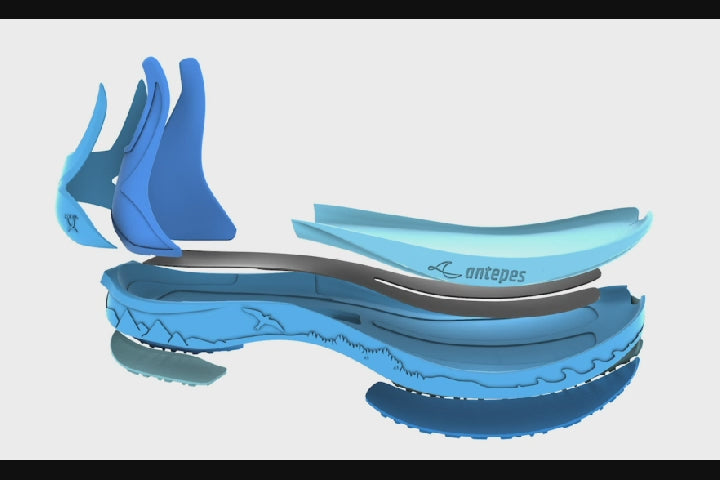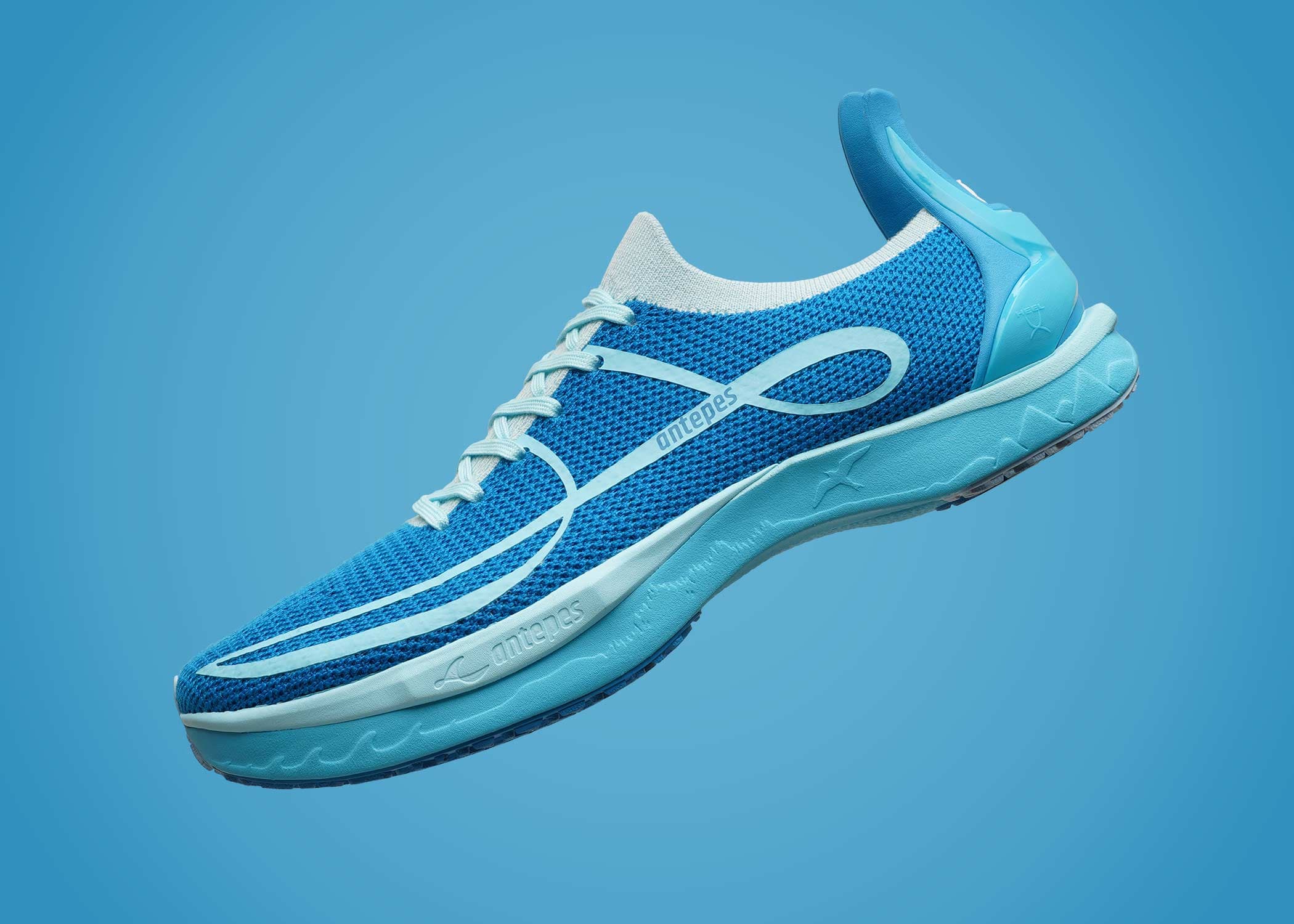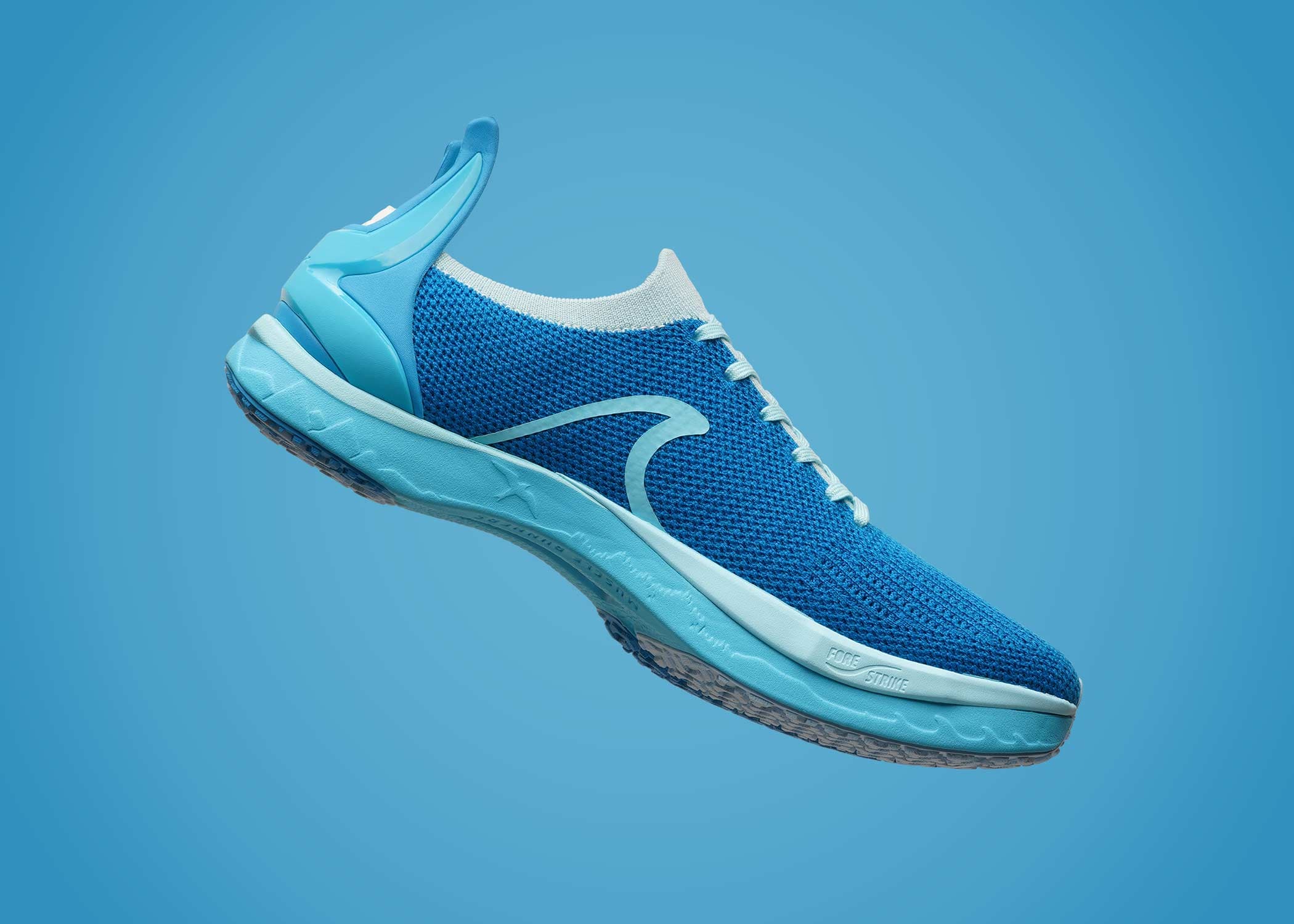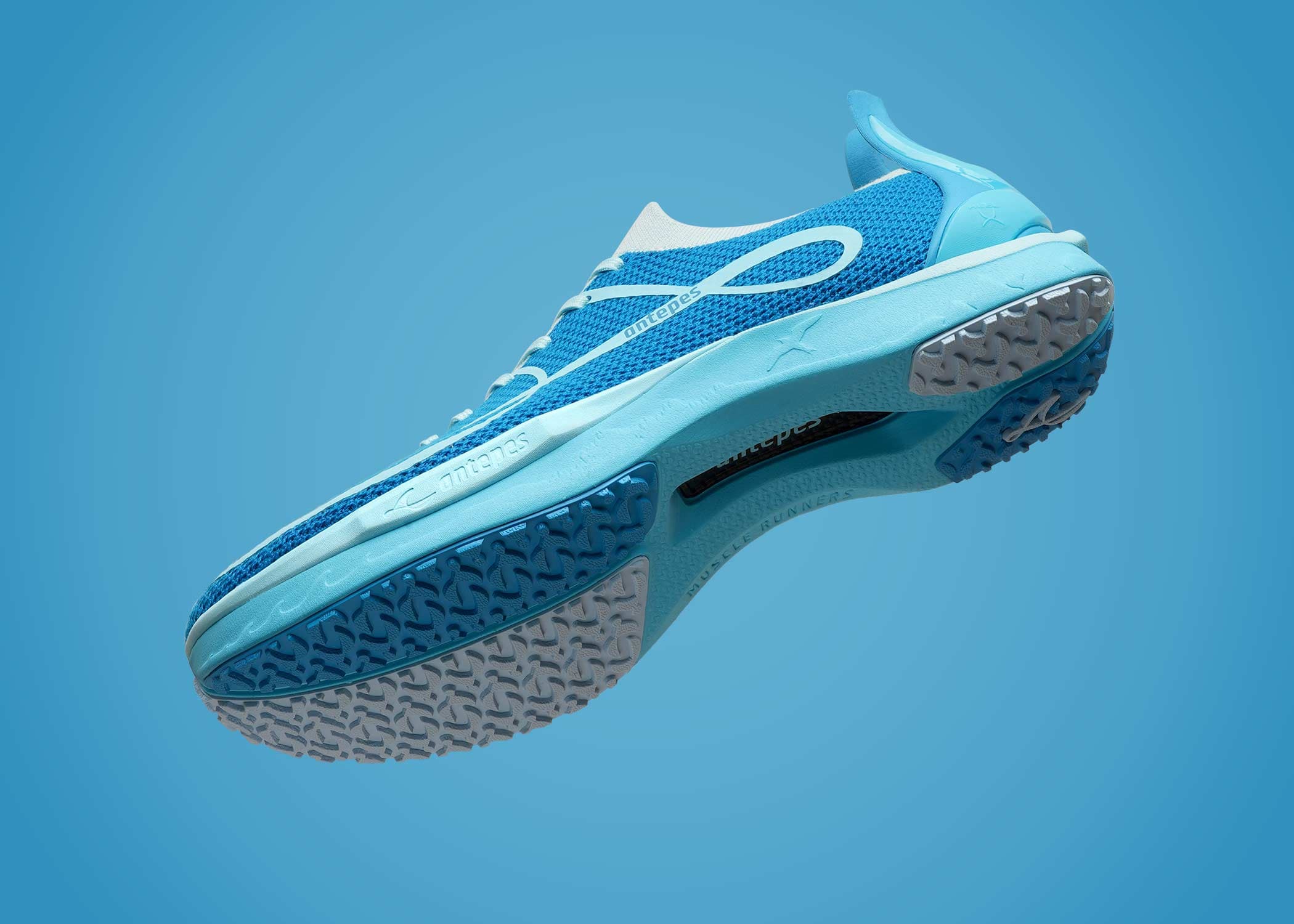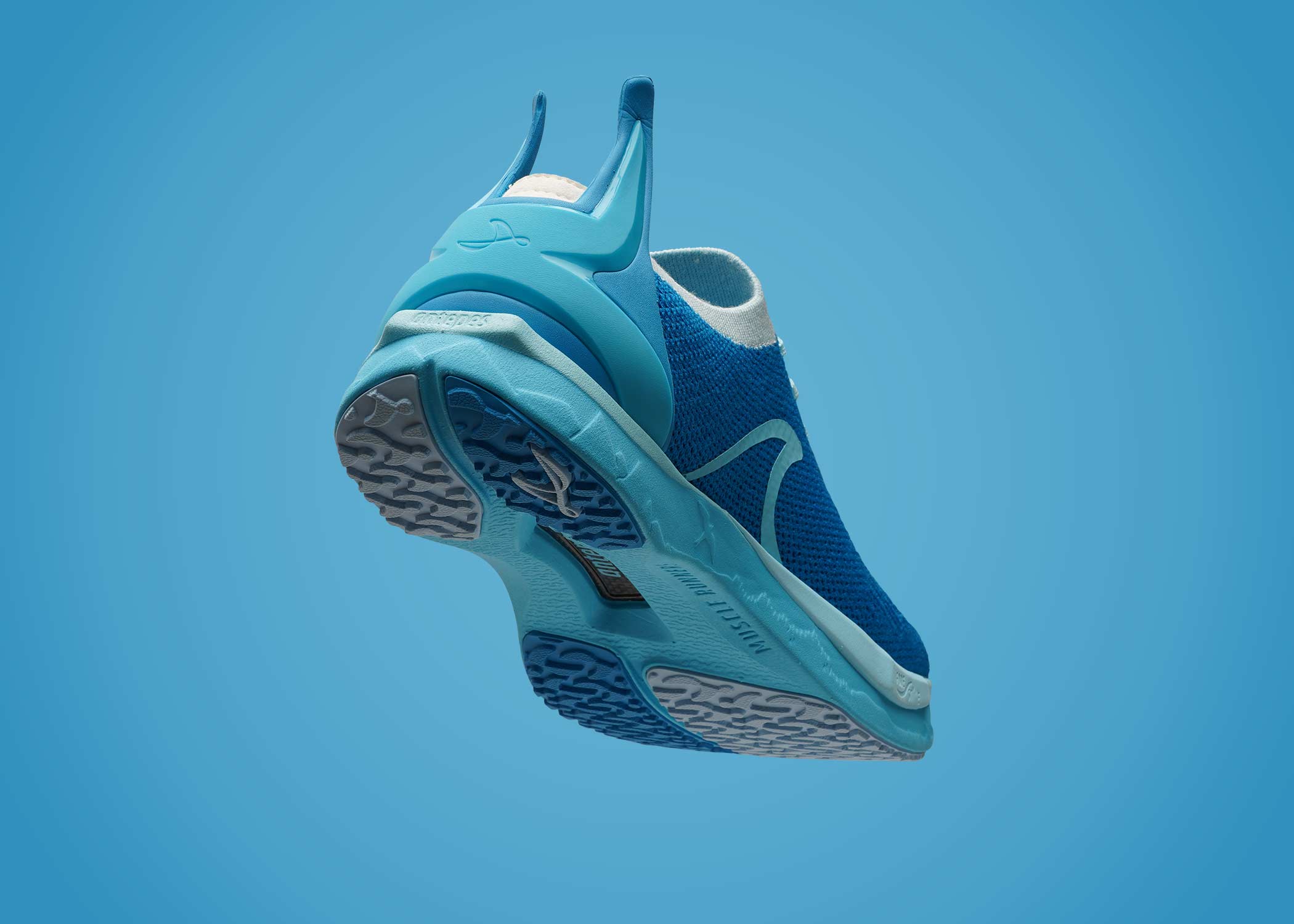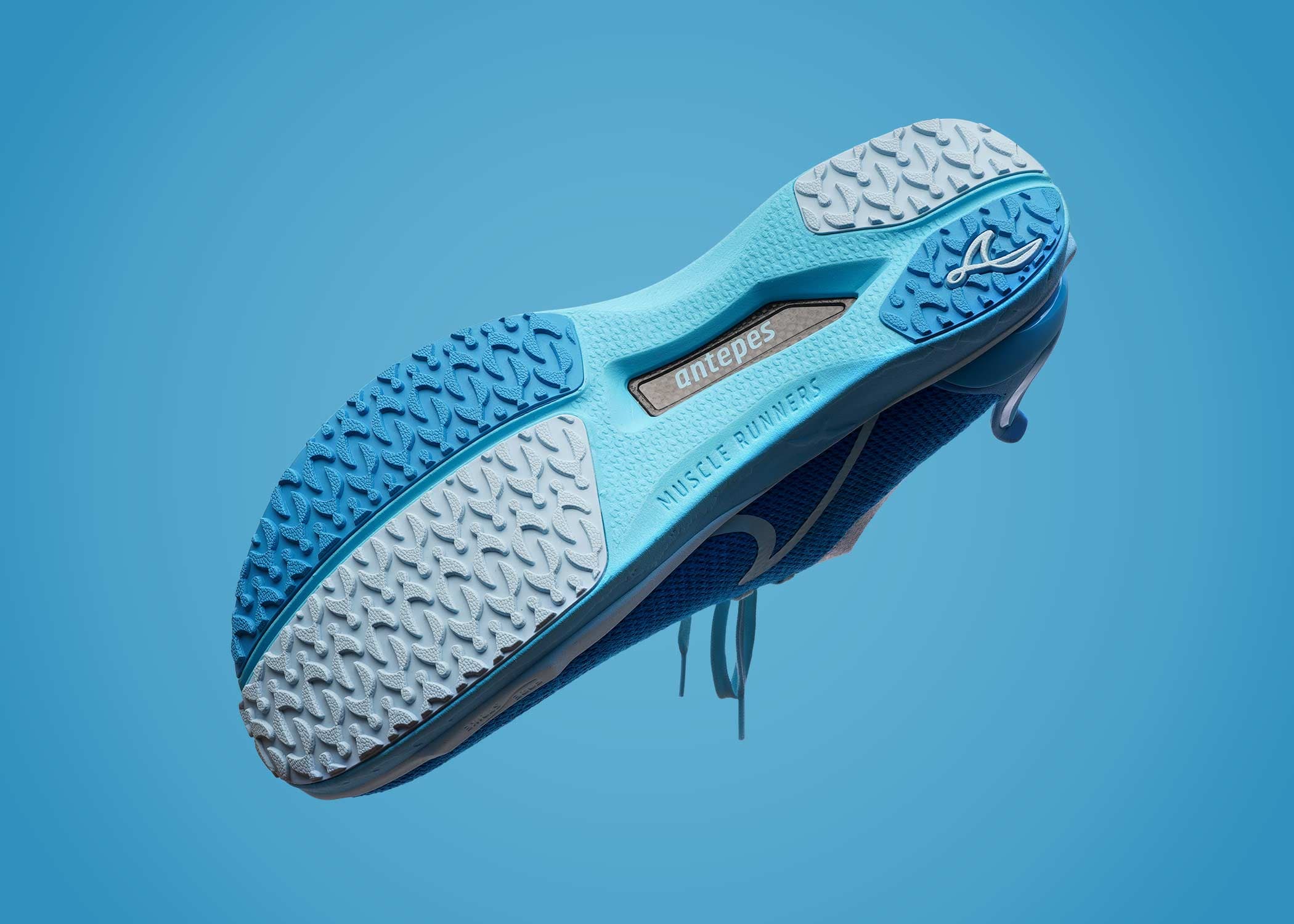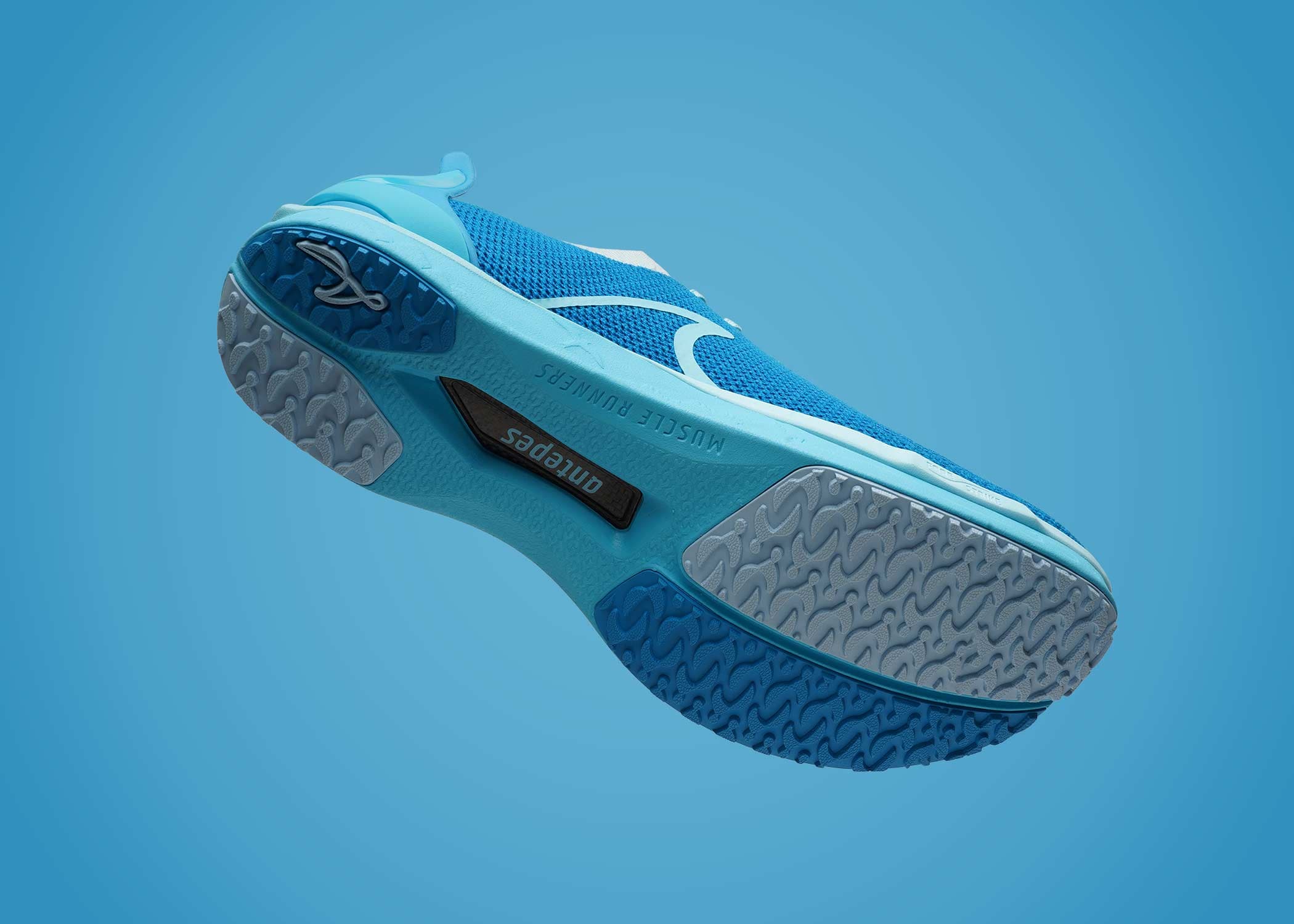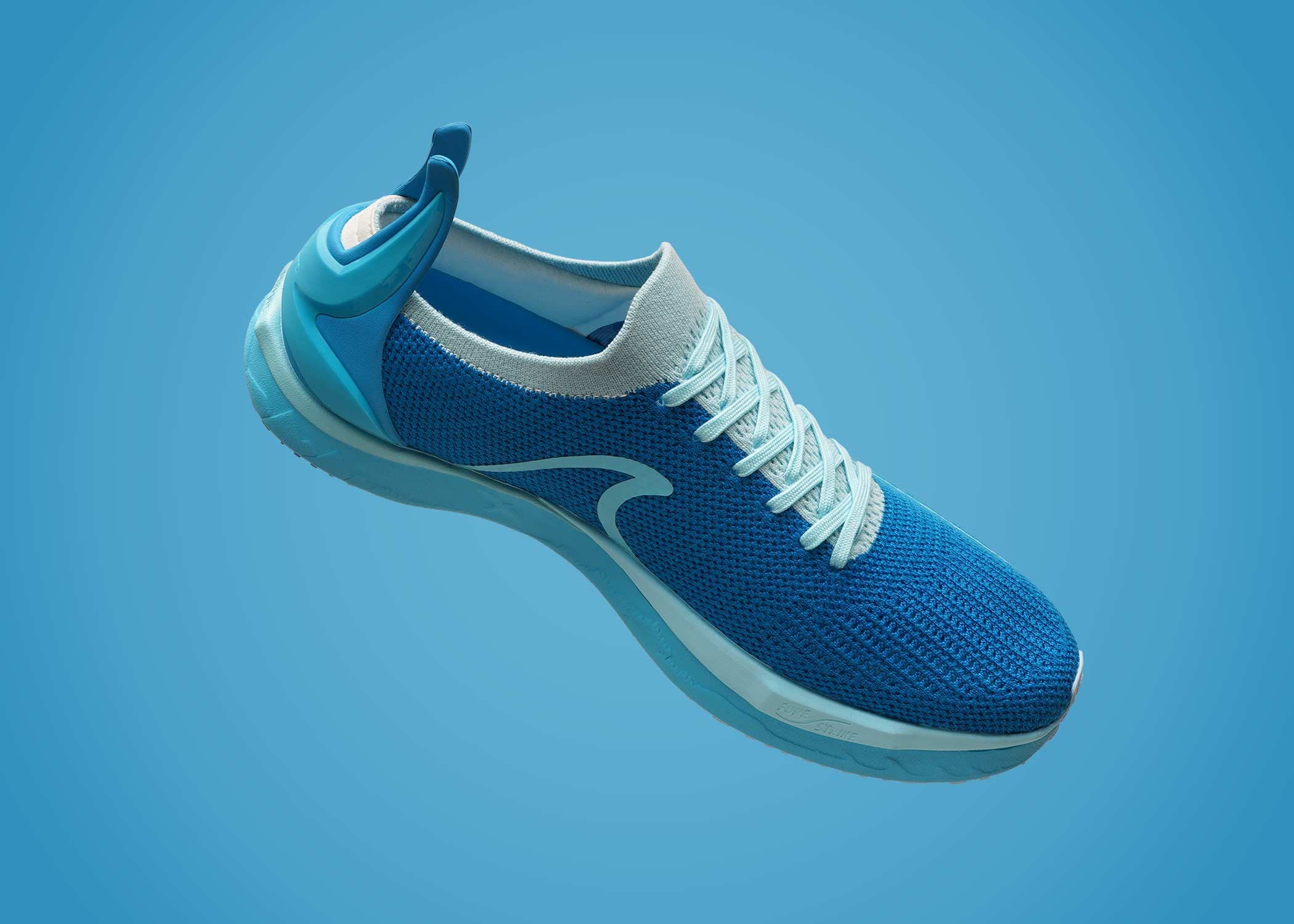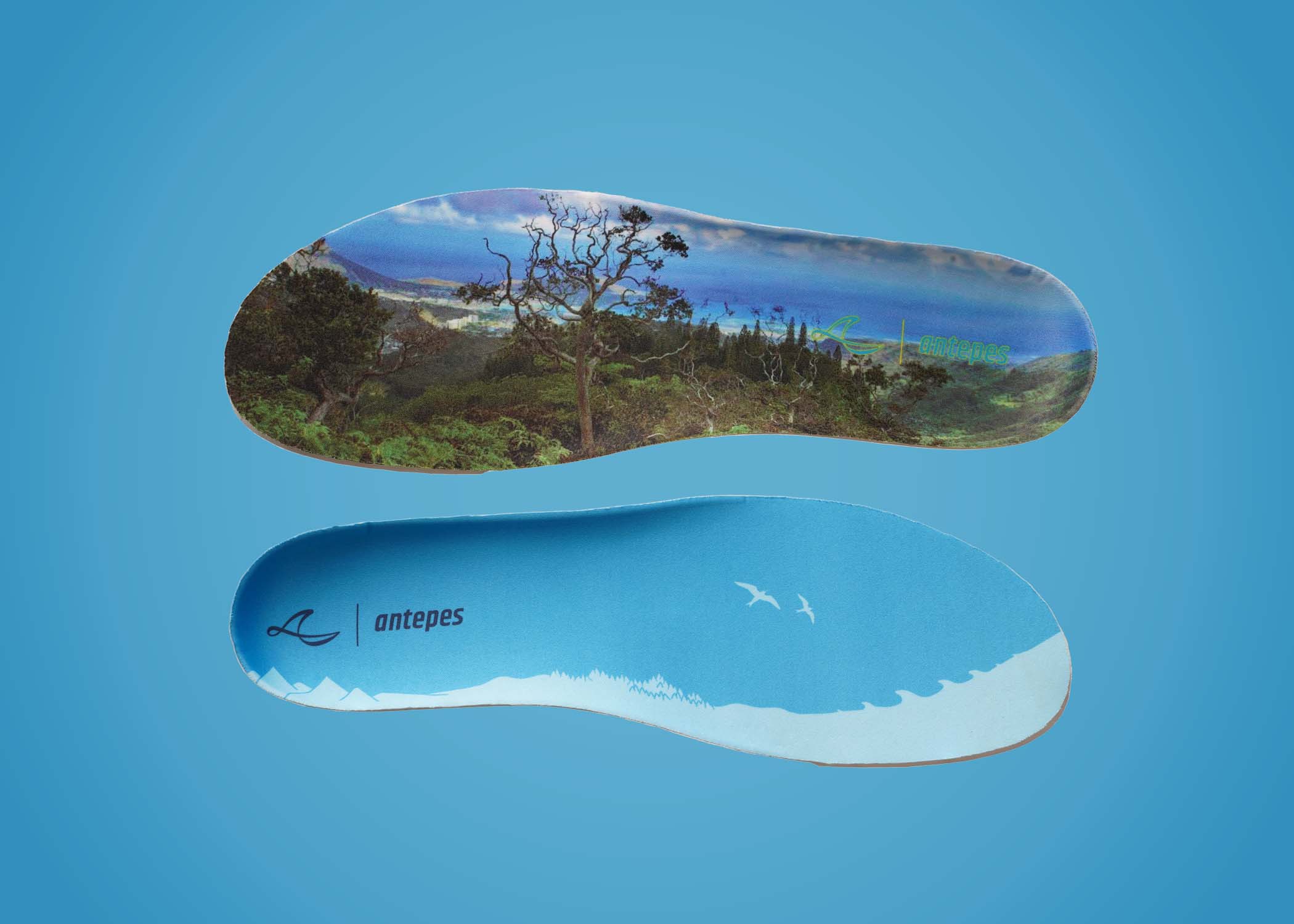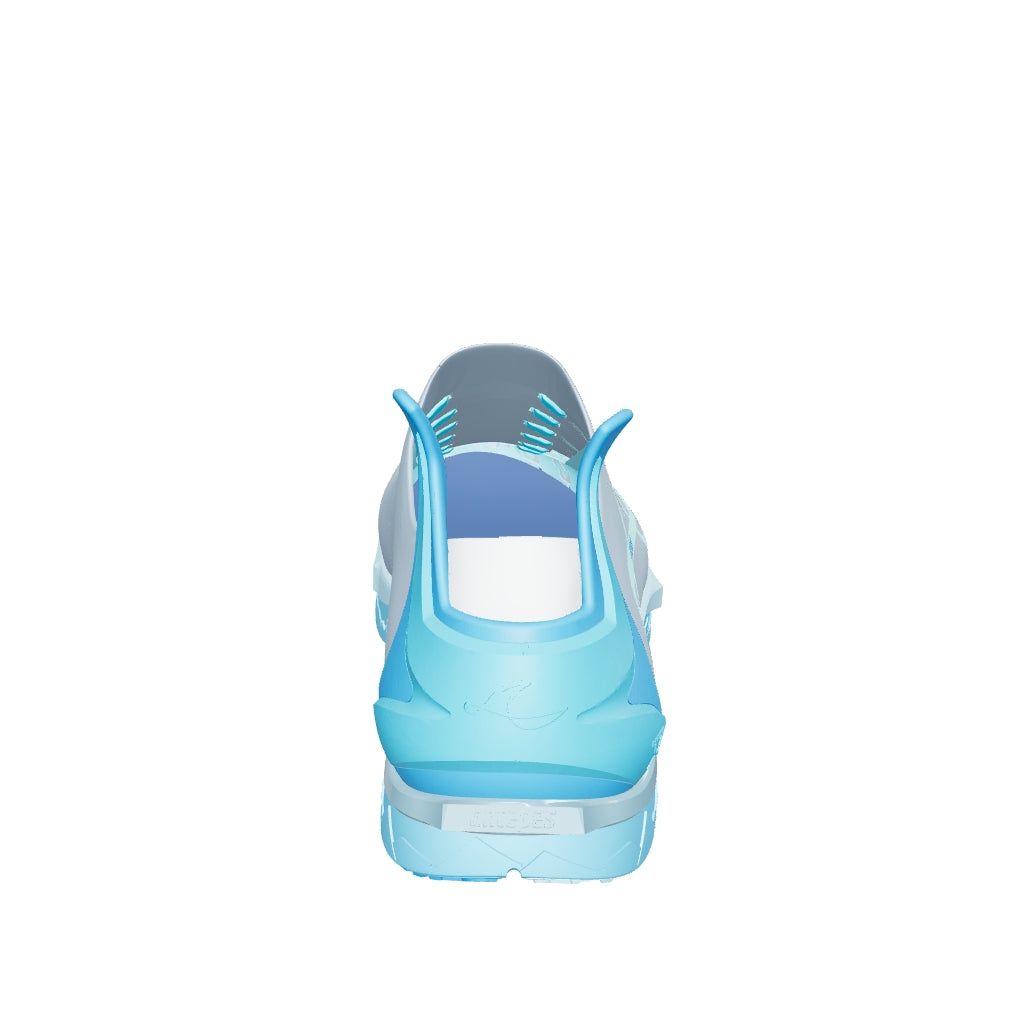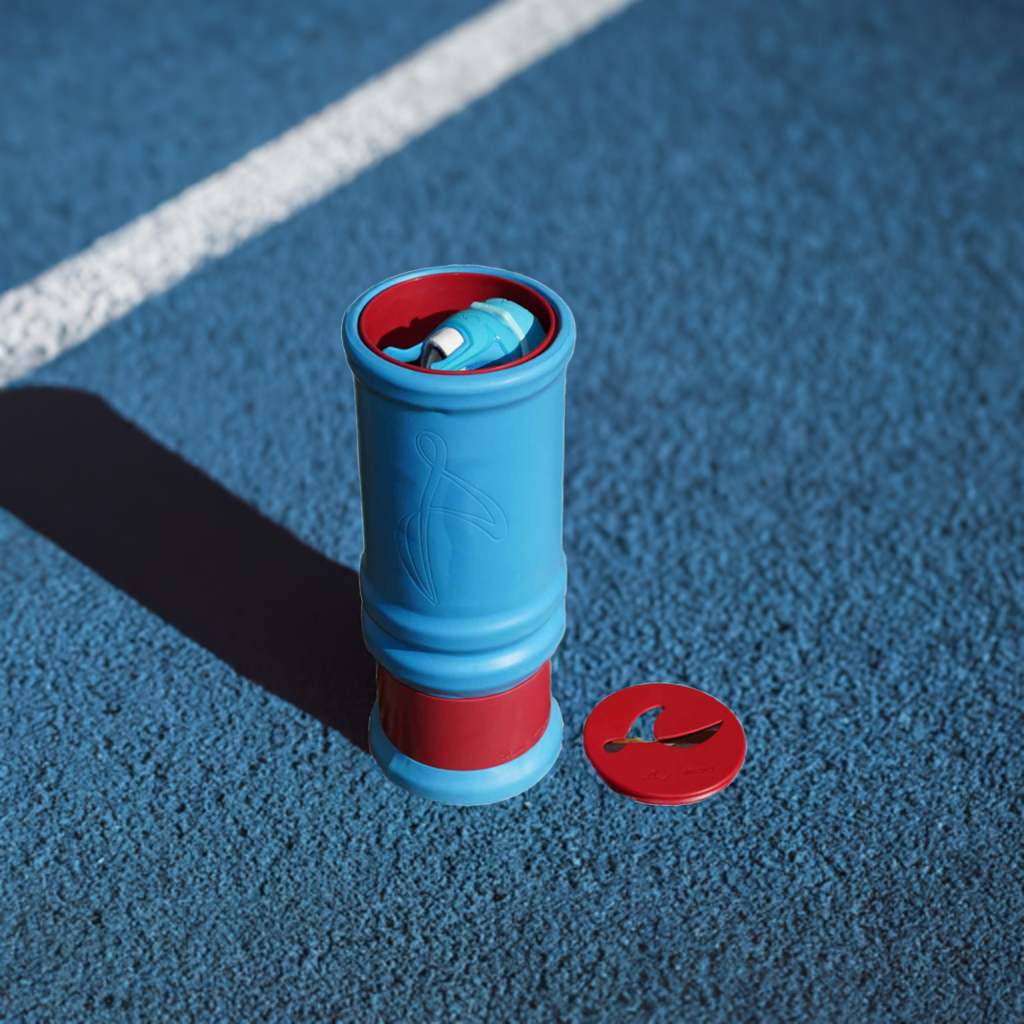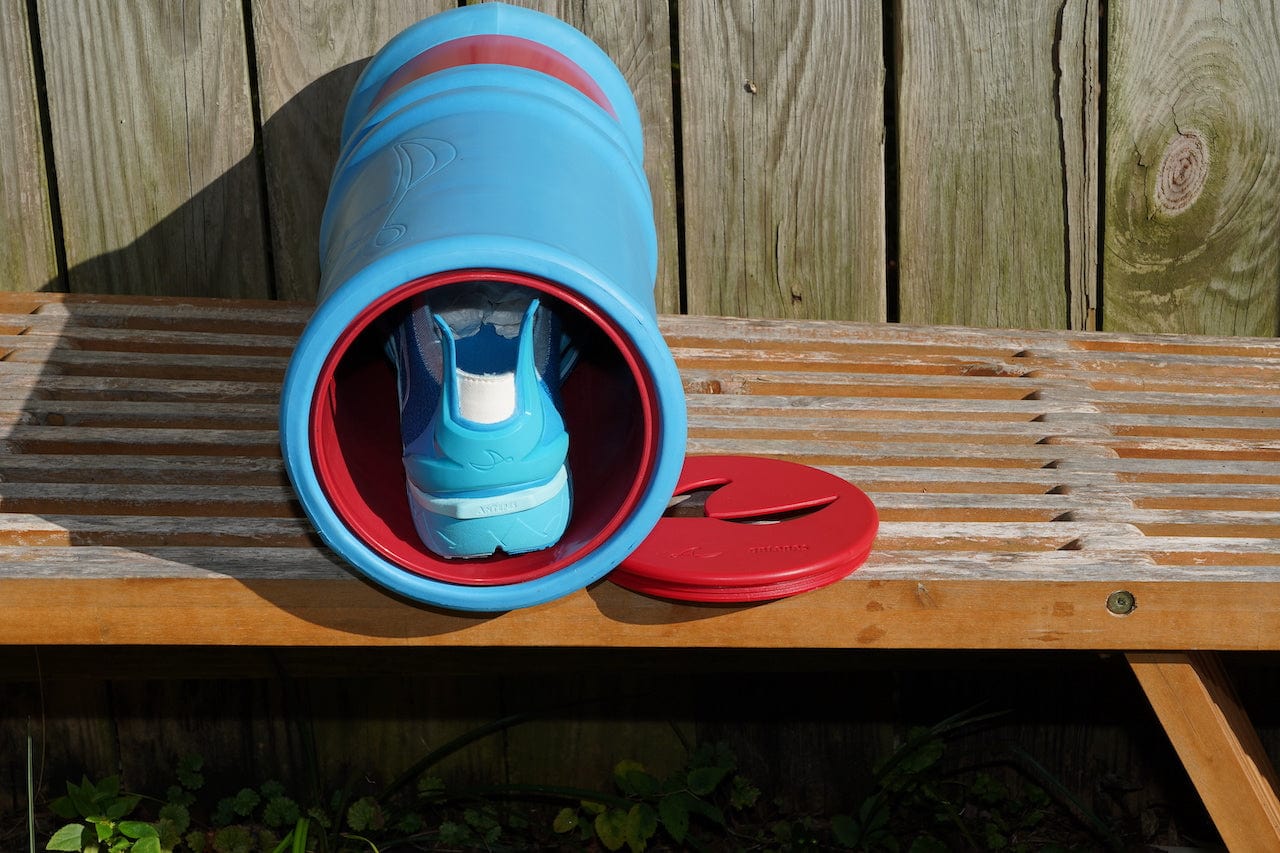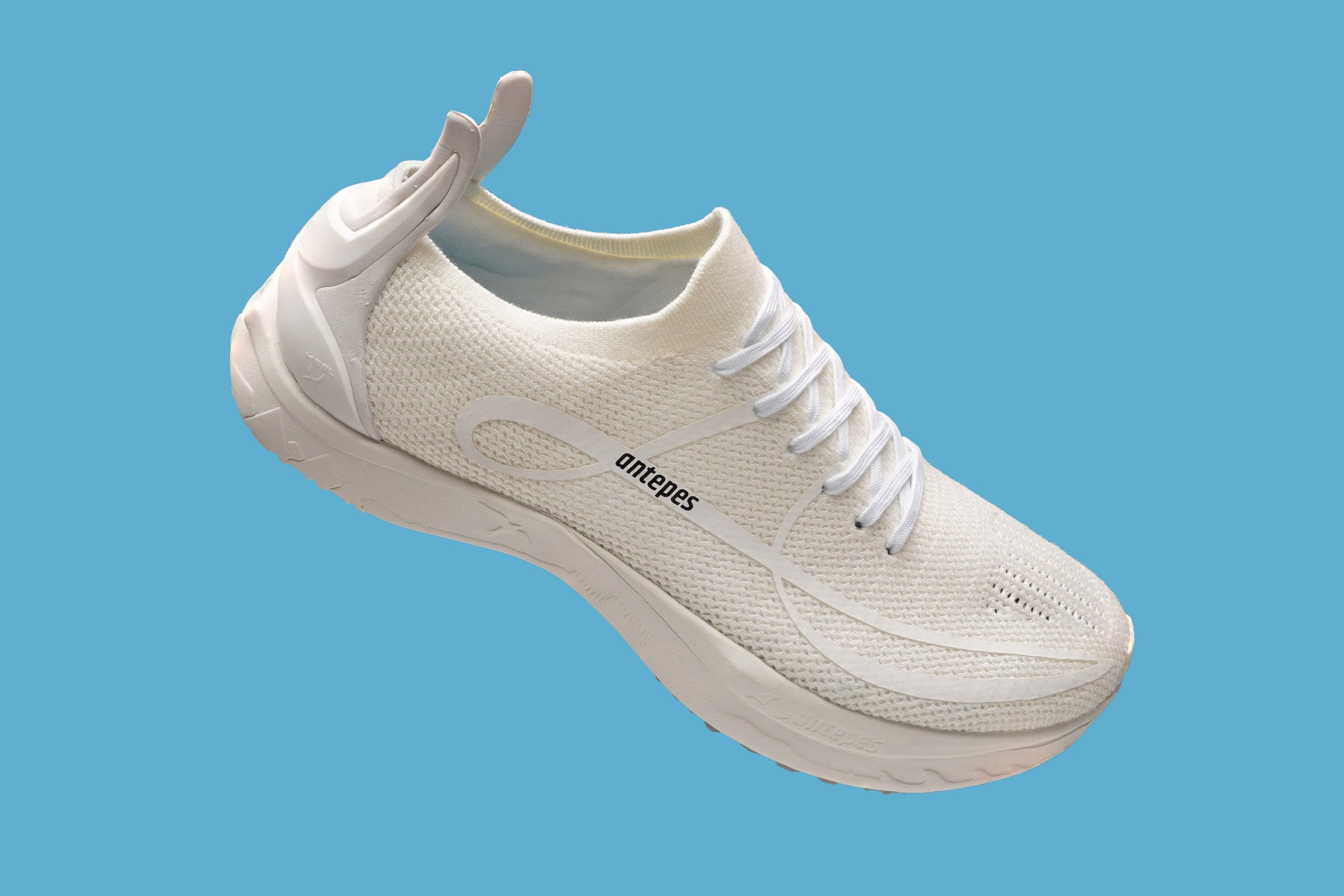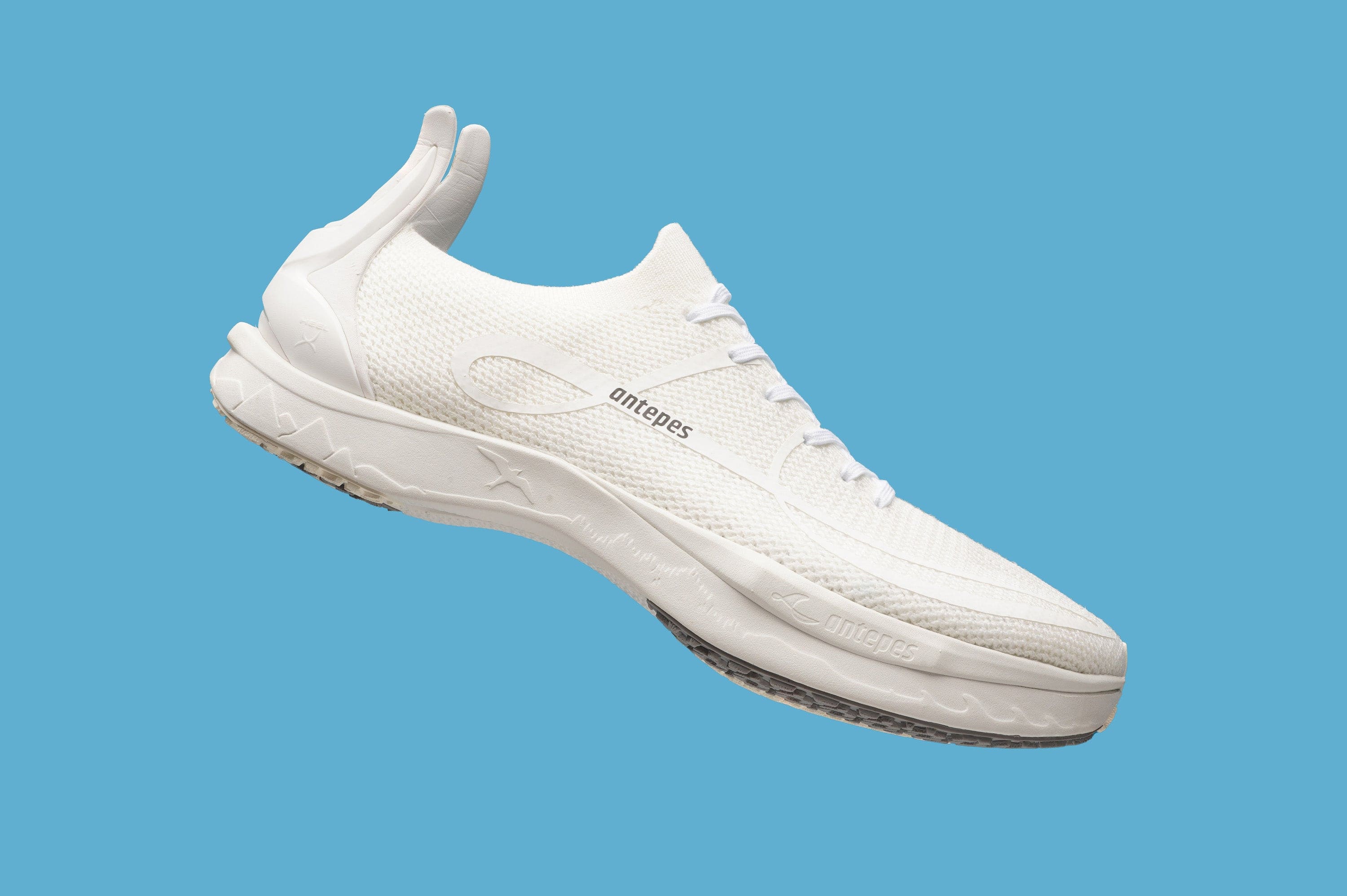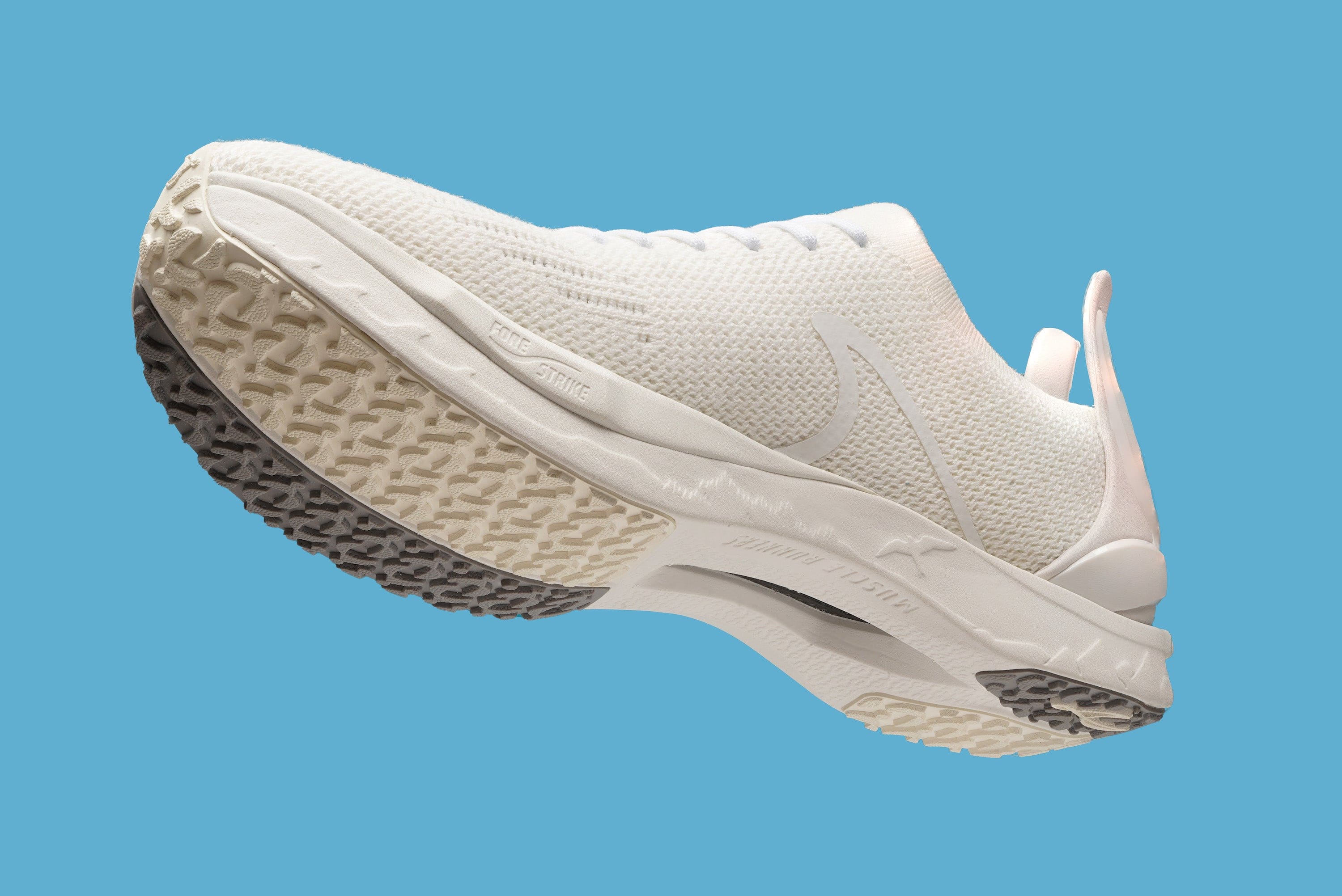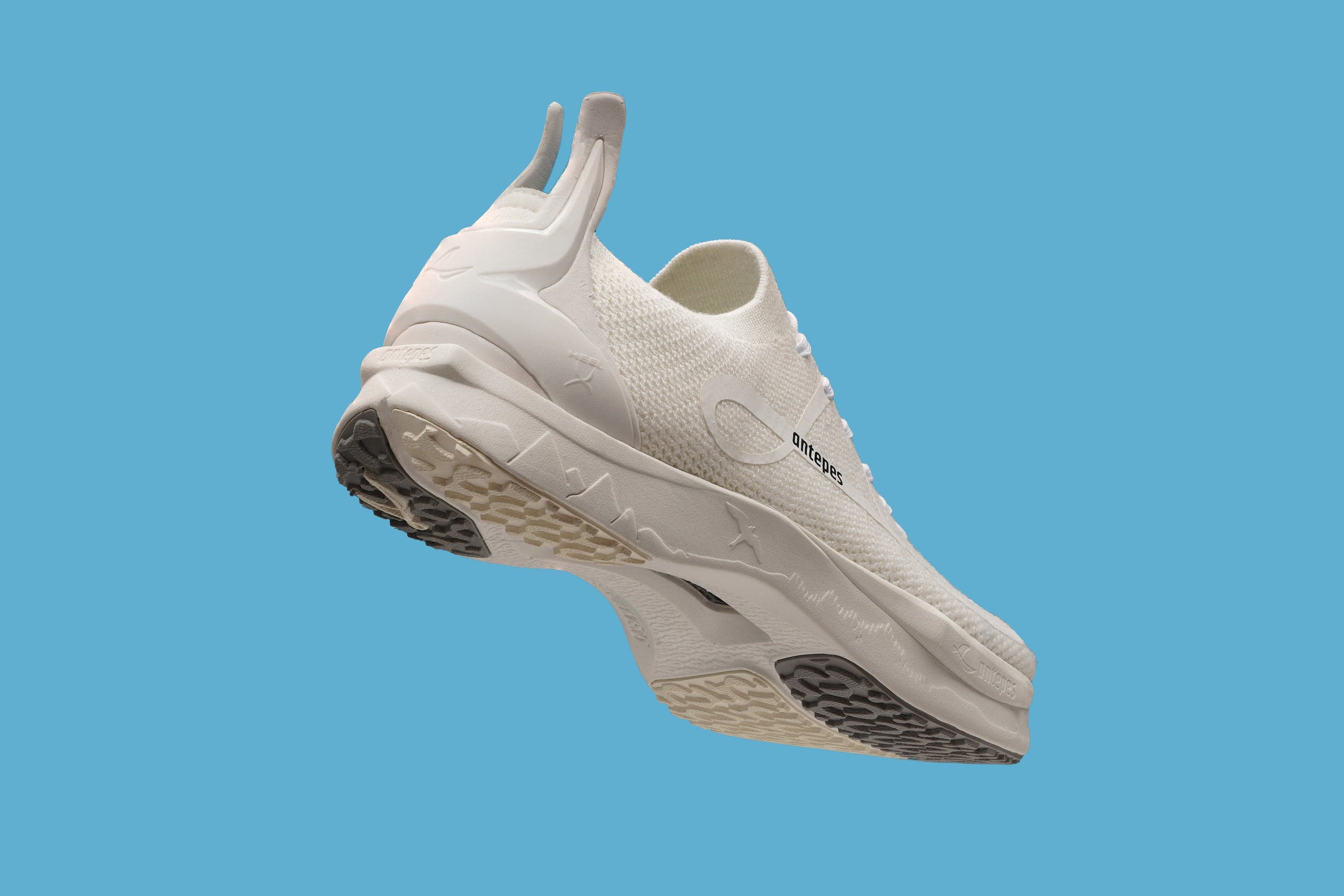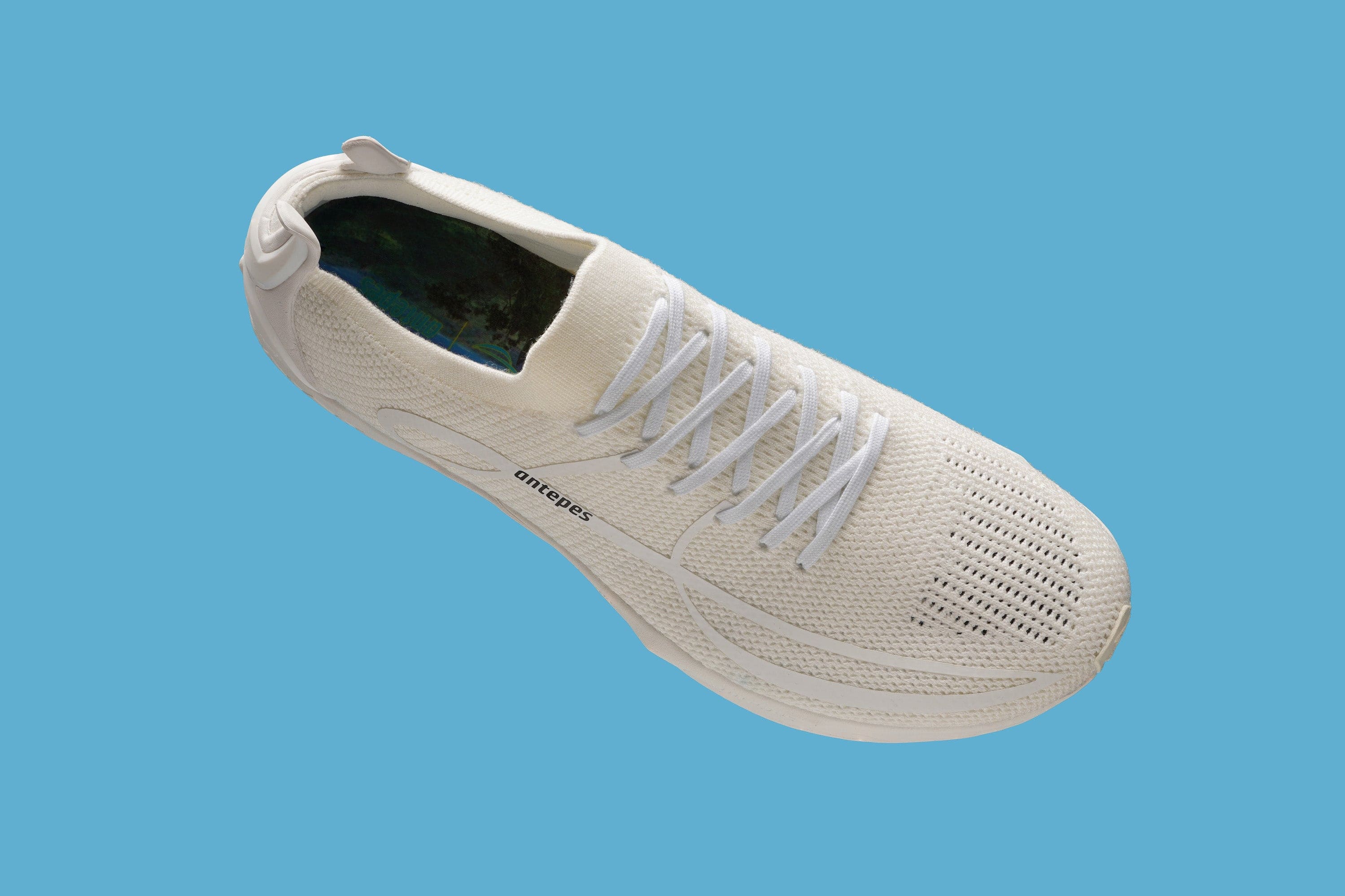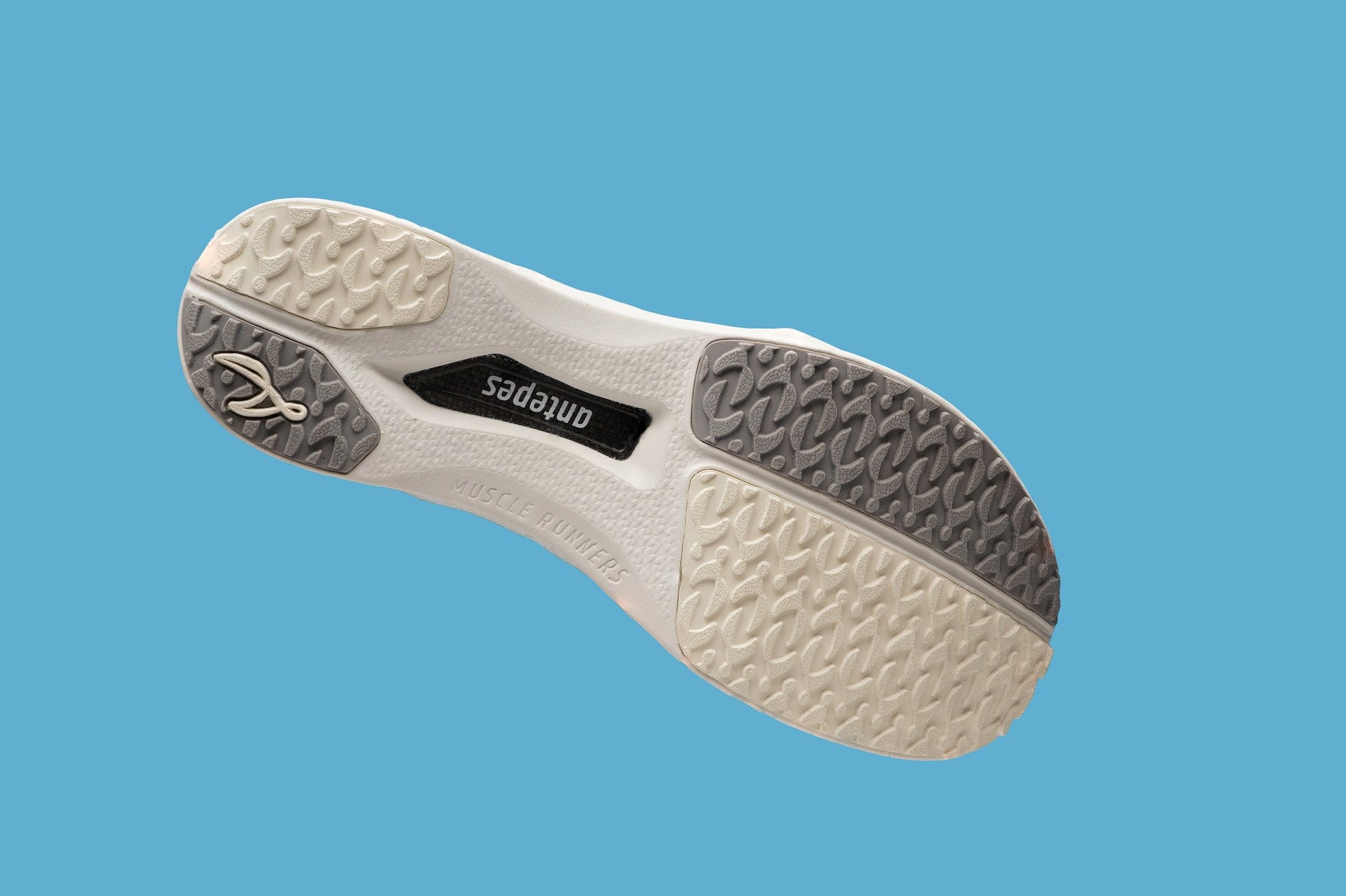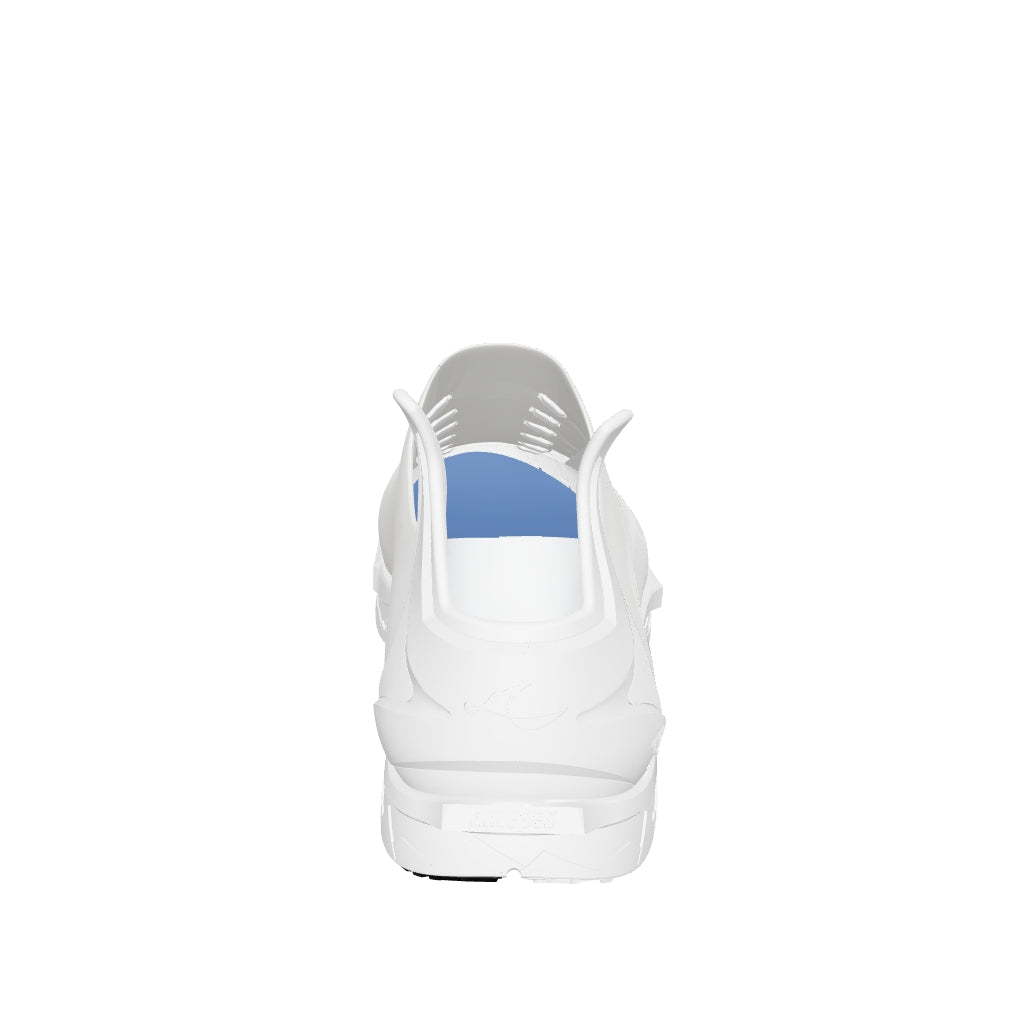You may be wondering what all the fuss about forefoot striking is and why Muscle Runners can make you a faster more powerful athlete.
Let me explain why.
Some of the fastest runners in the world are Kenyan – and in particular those from the Kalenjin tribe. These guys and girls can shift - whether at the Olympic Games or when running miles daily as their young people do to get to school.
What all these Kalenjins tend to have in common is a forefoot running action – and of course a great CV engine!
Research shows that at speeds of 4.32min/mile pace that only 9% of Kalenjins use a rear-foot strike. And to further showcase how these guys like to be on the forefoot these Kenyans preferred a forefoot strike even at slower speeds.
When analysed their forefoot running speed ranged from 4.28min to 11.11min mile pace.

the stiffness that creates greater reactivity. Your legs will produce and develop over time more “ping”. You will additionally improve your performance economy
Forefoot running should be a must for us all
Forefoot striking is natural for these very talented runners, it makes them faster, and it will do this for all of us.
Forefoot running turns our legs into natural springs.
The foot and in particular the arch are better able to return impact forces from foot-strike and turn these into propulsive forces.
You’ll get what the sports scientist call: better triple extension and develop greater leg stiffness. And regarding the latter it’s not the stiffness you might feel after a tough weights workout but the stiffness that creates greater reactivity. Your legs will produce and develop over time more “ping”. You will additionally improve your performance economy.
And this is where Muscle Runners come in. With their negative heel drop (8mm-10mm dependent on size) they will guide your foot naturally into making forefoot strike after forefoot strike.
The dual density carbon plate will increase energy return and energise toe-off.
We really are all forefoot strikers
Really, yes really! We are human engineered to prefer a forefoot strike. It’s just that for the last couple of hundred years modern shoe designs by protecting our feet have literally put us on the backfoot and unprotected our feet in many ways.
Heels are built up and the sole is thin – the reverse of the Muscle Runners.
Most contemporary running shoes are well-cushioned and for many years their stacked heel cushioning encouraged not unnaturally (well, actually unnaturally!) a heel led foot strike.
Runners felt protected and could drop back onto their heels. The jog would be a plod and often backs and knees would begin to complain. Greater impact forces would need to be dealt with.
A Simple test
Take your shoes off - and as long as the underfoot conditions are safe to do so – run 20-30m.
You should find that you run on your forefeet and don’t want to let your heels touch the ground. Now, and I don’t suggest you try it - but if you did let your heels strike first – you’d not like it! You’d get a shock wave running through your legs radiating into your spine.
Forefoot running help to keep more momentum going forwards. It also helps convert the inevitable vertical impact running forces into horizontal ones with a much more controlled conversion.
And this is where Muscle Runners add that extra push. They’ll keep you moving forwards from forefoot toe-off to forefoot toe-off and those carbon plates will give you that extra energy.
In future posts I’ll show you among others topics; how to develop greater power, improved running form, and become a sprinter with your trusted Muscle Runner.
Make sure to check out the Muscle Runner here.
- Author: John Shepherd
John Shepherd is a former international athlete and elite sprints and jumps coach based in the UK. Check out his YouTube channel here.
Ref: 2. Nature 463, 531-535 (28 January 2010) | doi:10.1038/nature08723; Received 27 July 2009; Accepted 26 November 2009


